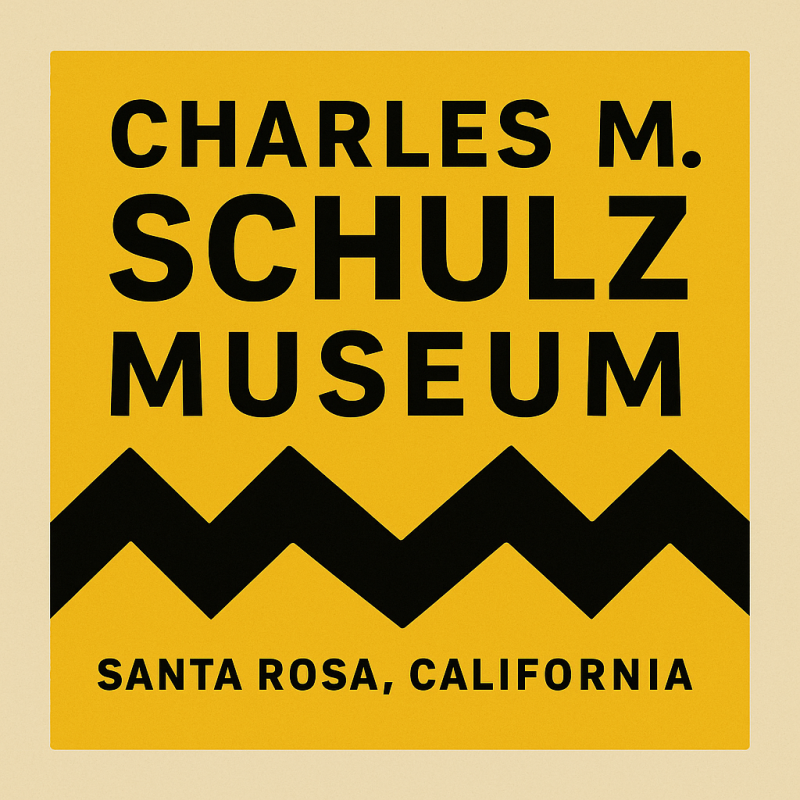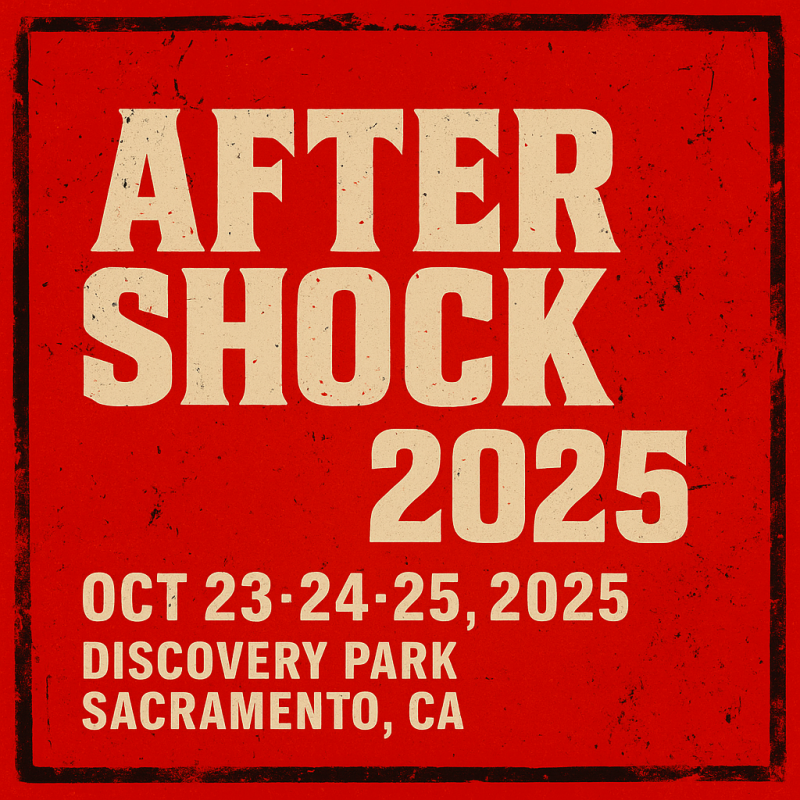By Mauricio Segura

Photo: Webador Stock
On the hill at Alamo Square, a prim row of Queen Anne façades tilts toward the skyline, their gables and gingerbread trimmed like theater sets. These are the Painted Ladies, formally, the houses at 710–720 Steiner Street, forever framed by downtown’s towers and a sliver of the Bay beyond. “Postcard Row,” as photographers nicknamed it, owes its celebrity to placement as much as prettiness, a perfect, east-facing stage that catches morning light and, in the evening, glows against a backlit city. The Library of Congress even catalogs that precise tableau, proof that this view has become part of America’s visual memory.
The name “Painted Ladies” is newer than the houses. Victorian and Edwardian homes across San Francisco were always meant to wear color, but the term itself comes from the 1978 book Painted Ladies: San Francisco’s Resplendent Victorians by Elizabeth Pomada, Michael Larsen, and photographer Morley Baer. Their pages helped popularize a simple idea: use three or more hues to call out brackets, spindles, bays, and cornices, those exuberant details that industrial milling made affordable in the late 19th century. The phrase quickly escaped its covers and became shorthand for San Francisco’s most photographed Victorians.
The best-known “ladies” on Steiner were built between 1892 and 1896 by Irish-born builder Matthew Kavanaugh, who also kept a larger house next door at 722. That corner residence, often described as the oldest and largest of the group, still anchors the block, a quiet reminder that these homes began as speculative housing, not museum pieces. Their survival feels fortunate in a city that has repeatedly remade itself.
Stand in the park and you’re also standing on a witness perch. In April 1906, neighbors gathered at Alamo Square to watch the fires march through downtown after the earthquake. The hill served as a waystation during the city’s refugee-camp months, a patch of open ground when so many others were gone. That context deepens the tableau: the famous view is not just pretty, it’s a vantage point from which San Franciscans once measured loss and planned a rebuild.
Why the color? In the 1960s, a cohort of artist-colorists led by Butch Kardum rebelled against the city’s drab post-war palette and began brushing saturated greens, blues, and ochres across old façades. What started as a provocation became a movement; by the 1970s, whole streets had been reimagined, and the “Painted Ladies” moniker suddenly fit. Kardum’s influence, and that of fellow consultant Bob “Dr. Color” Buckter, still echoes in the careful, many-tone schemes you see today.
A few persistent myths trail the Steiner Street row. The biggest: that one of these houses is the Tanner family home from Full House. The sitcom’s credit sequence did picnic here, cementing the association, but the show’s exterior house is a mile away at 1709 Broderick Street in Lower Pacific Heights. Fans can visit both, but they are not the same place, a good example of how pop culture blurs the city’s map.
The Ladies have also logged more on-screen time than just that 1980s sitcom. In total they’ve starred in over 70 productions, including classic films like Dirty Harry (1971) and The Conversation (1974), the eerie Invasion of the Body Snatchers (1978), the quirky So I Married an Axe Murderer (1993), the bittersweet Bicentennial Man (1999), and the romantic comedy The Five-Year Engagement (2012). Each appearance frames the city as much as characterizes it.
There are quieter stories, too. For years, novelist Alice Walker lived at 720 Steiner, reportedly testing the patience of neighbors with her music volume, an anecdote that reads like a bohemian footnote to a very prim façade. And despite their fame, these houses have lived ordinary chapters: sales that fell through, renovations that stalled, and property-tax quirks that make them accidental case studies in California law. The celebrity doesn’t exempt them from the realities of old-house ownership or the complexities of San Francisco life.
More recently, in summer 2025, one of the Painted Ladies took another unexpected turn into pop culture. Inside the pink-hued house at 714 Steiner, street artist fnnch installed a free pop-up museum showcasing all 116 of his “honey bear” artworks in one place for the first time. The whimsical and ubiquitous bears have become symbols of both joy and debate, as critics argue they’ve come to signify gentrification even as fnnch insists “art is for everyone.” This turn gave the row not just cinematic cameos, but a current-day role in conversations about public art and urban change.
Their allure, ultimately, is structural as much as nostalgic. The Ladies distill the city’s architectural era of confidence: projecting bays to capture light, steep gables to shed fog and rain, woodwork mass-produced yet assembled with hand-done care. The multi-hue paint is not mere decoration, it’s a diagram that teaches the eye how to read a Victorian elevation, pulling forward a spindle here, a bracket there, until the façade becomes legible. And because the row faces a public park, everyone gets a front-row seat to that lesson.
If you go, pick a late afternoon. Let the sun slip behind downtown while the houses fall into warm shade, and notice how the park does half the work of the composition. Then, as cameras hum, remember the layers beneath the color: a marketing coinage turned cultural shorthand, a rebellious paintbrush movement that rescued streets from gray, a hillside that once served a wounded city, and a pop-culture stage that keeps the story alive. The Painted Ladies are pretty, yes. They’re also a living index of San Francisco’s cycles of invention, loss, reinvention, and the way a place learns to tell its story in wood and light.













